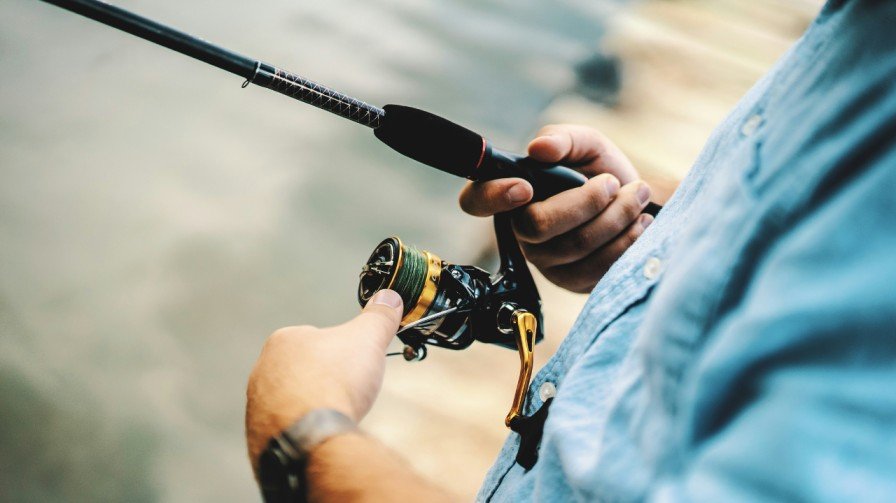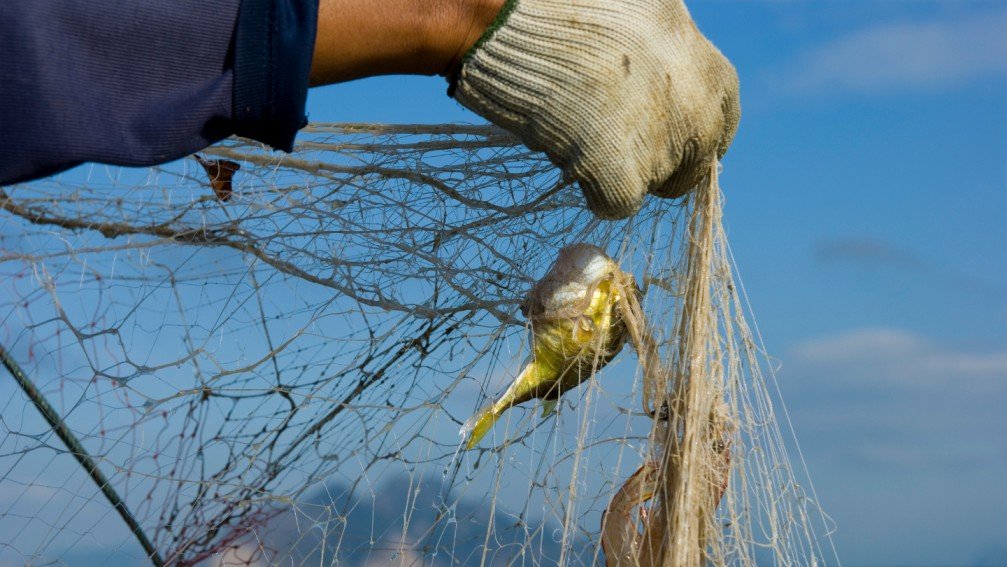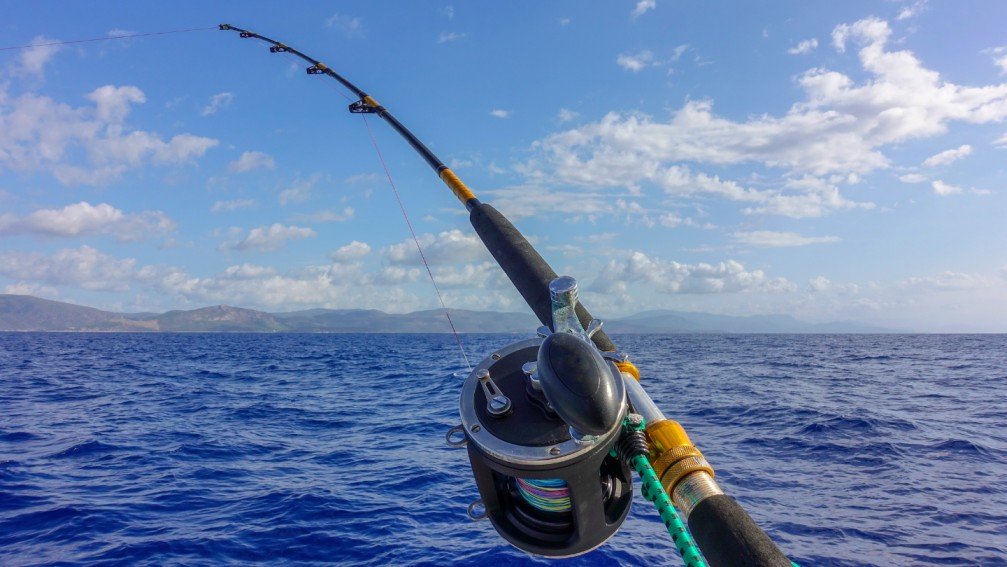Choose a fishing rod based on the type of fish you want to catch and the fishing environment. Consider rod length, power, and action.
Fishing is a popular and rewarding activity, but having the right gear is crucial. The fishing rod is your primary tool, so selecting the right one can make or break your experience. Different rods serve various purposes, from freshwater to saltwater fishing, and from catching small trout to large game fish.
Factors such as rod length, power, and action play significant roles in performance. The material of the rod, such as fiberglass or graphite, also impacts durability and sensitivity. Understanding your specific needs and preferences will help you make an informed decision. Proper selection ensures a more enjoyable and successful fishing trip.
Types Of Fishing Rods
Choosing the right fishing rod is crucial for a successful fishing experience. Different types of fishing rods are available for various fishing styles. Understanding these types helps you make an informed decision.
Spinning Rods
Spinning rods are versatile and perfect for beginners. They are easy to use and handle. Suitable for casting light lures and baits. These rods are great for catching small to medium-sized fish. They are available in various lengths and strengths.
- Easy to use
- Great for beginners
- Suitable for light lures
Ugly Stik GX2 Spinning Fishing Rod
Casting Rods
Casting rods offer more precision and control. Ideal for experienced anglers. They work well with heavier lures and baits. Perfect for catching larger fish. These rods require a bit more skill to master.
- High precision
- Great for experienced anglers
- Handles heavier lures
KastKing Spartacus II Fishing Rods
Fly Rods
Fly rods are designed for fly fishing. They are lightweight and flexible. Best for catching fish in rivers and streams. They require a unique casting technique. Perfect for catching trout and salmon.
- Lightweight and flexible
- Best for rivers and streams
- Unique casting technique
Martin Complete Fly Fishing Kit
Telescopic Rods
Telescopic rods are compact and portable. They collapse into a small size for easy transport. Great for travelers and backpackers. Suitable for various fishing styles. These rods are convenient and easy to store.
- Compact and portable
- Easy to transport
- Suitable for various styles
PLUSINNO Fishing Rod and Reel Combos
Materials Used
Choosing the right fishing rod involves understanding the materials used in its construction. The rod’s material affects its durability, flexibility, and weight. Let’s explore the primary materials: fiberglass, graphite, and composite.
Fiberglass
Fiberglass rods are known for their durability and flexibility. They are perfect for beginners due to their toughness. These rods can withstand rough handling without breaking. They are also less expensive compared to other materials. However, fiberglass rods are heavier and less sensitive.
Graphite
Graphite rods offer greater sensitivity and are lighter in weight. This material allows anglers to feel the slightest bites. Graphite rods are ideal for experienced fishermen. The downside is they can be more brittle and expensive. Their higher sensitivity makes them perfect for precision fishing.
Composite
Composite rods combine both fiberglass and graphite materials. They offer a balance of strength, flexibility, and sensitivity. These rods are versatile and can handle various fishing conditions. Composite rods are slightly heavier than graphite but lighter than fiberglass. They are a great choice for anglers seeking a balanced performance.
Rod Length
Choosing the right fishing rod is essential for a successful fishing trip. One key factor to consider is the rod length. The length of your fishing rod can impact your casting distance, accuracy, and overall experience. Let’s explore the different lengths of fishing rods to help you make an informed decision.
Short Rods
Short rods are typically less than 6 feet long. They are perfect for fishing in tight spaces, like small rivers or ponds. These rods offer better control and accuracy. They are also great for catching smaller fish. If you enjoy fishing from a kayak or a small boat, a short rod is ideal. They are easy to handle and provide quick, precise casts.
Medium Rods
Medium rods range from 6 to 7 feet in length. They offer a balance between casting distance and accuracy. These rods are versatile and can be used in various fishing environments. Whether you are fishing in a lake, river, or even offshore, a medium rod works well. They are suitable for catching a wide range of fish sizes. Medium rods are a popular choice among anglers due to their flexibility.
Long Rods
Long rods are generally over 7 feet long. They are ideal for casting long distances. If you are fishing in open water or from the shore, a long rod is beneficial. They help you reach areas that are far away. Long rods also provide more leverage when fighting larger fish. They are often used in surf fishing and deep-sea fishing. Although they require more skill to handle, they offer great advantages for experienced anglers.
| Rod Length | Ideal For | Advantages |
| Short Rods (< 6 feet) | Tight spaces, small rivers, ponds | Better control, accuracy, quick casts |
| Medium Rods (6-7 feet) | Lakes, rivers, offshore | Versatility, balance of distance and accuracy |
| Long Rods (> 7 feet) | Open water, shore, deep-sea fishing | Long casting distance, more leverage |
Credit: www.rapala.eu
Power And Action
Choosing a fishing rod can be tricky. Understanding power and action helps. These features affect how a rod performs. Let’s break them down.
Rod Power
Rod power refers to the rod’s strength. It describes how much weight it can handle. Power ranges from ultra-light to heavy. Here is a simple table to explain:
| Power | Best For |
| Ultra-Light | Small fish like trout |
| Light | Panfish and small bass |
| Medium | Average-sized bass and walleye |
| Heavy | Large fish like pike |
Match the rod power to the fish size. This ensures a better fishing experience.
Rod Action
Rod action describes how much the rod bends. It affects casting distance and hook setting. There are three main actions:
- Fast Action: Bends at the top third. Good for single hook lures.
- Moderate Action: Bends at the middle. Best for treble hooks.
- Slow Action: Bends from the bottom. Ideal for light lures.
Choose the rod action based on your fishing style. Fast action rods offer quick hook sets. Moderate action rods give balanced performance. Slow action rods provide gentle casting.
Handle Types
Choosing the right fishing rod handle is crucial for comfort and control. Different handle types offer unique benefits and suit various fishing styles. Let’s explore the most common handle types.
Cork Handles
Cork handles are popular for their lightweight and comfortable grip. Cork provides a warm feel, making it ideal for cold weather fishing. It also offers excellent sensitivity, allowing you to feel even the slightest bites. Cork handles are often found on high-end fishing rods.
Eva Foam Handles
EVA foam handles are known for their durability and affordability. They provide a soft, cushioned grip, which is comfortable for long fishing sessions. EVA foam is also resistant to wear and tear, making it a good choice for rough conditions. These handles are easy to clean and maintain.
Split-grip Handles
Split-grip handles feature a design that reduces weight and enhances balance. The handle is split into two parts, which helps in achieving better casting accuracy. Anglers who prefer a lightweight rod often choose split-grip handles. This design is popular among bass fishermen for its improved performance.
Plastic Rotatable Fishing Reel Power Handle
| Handle Type | Benefits |
| Cork | Lightweight, warm feel, high sensitivity |
| EVA Foam | Durable, affordable, cushioned grip |
| Split-Grip | Lightweight, better balance, improved casting accuracy |
Credit: www.fix.com
Guides And Reel Seats
Choosing the right fishing rod involves understanding various components. Two critical parts are the guides and reel seats. These elements play a big role in your fishing experience.
Rod Guides
Rod guides are the small loops along the rod’s length. They guide the fishing line smoothly. Guides are typically made from materials like stainless steel, ceramic, or titanium. The number and quality of guides can impact your casting distance and accuracy.
- Stainless Steel Guides: Durable and affordable.
- Ceramic Guides: Smooth and reduces friction.
- Titanium Guides: Lightweight and corrosion-resistant.
More guides mean better line control. Look for rods with evenly spaced guides for optimal performance.
Reel Seats
The reel seat is where the reel attaches to the rod. It needs to be secure and comfortable. Reel seats come in various materials like plastic, aluminum, and graphite. Each offers different benefits.
| Material | Benefits |
| Plastic | Lightweight and cost-effective. |
| Aluminum | Strong and durable. |
| Graphite | Light and sensitive. |
Choose a reel seat that fits your hand comfortably. A well-fitted reel seat makes fishing more enjoyable.
Target Species
Choosing the right fishing rod depends largely on the target species you want to catch. Different fish species require different types of rods. This section will guide you through choosing the right rod for both freshwater and saltwater species.
Freshwater Species
Freshwater fishing usually targets fish like bass, trout, and catfish. Each species requires different rod specifications.
- Bass: Use a medium-heavy rod with fast action.
- Trout: Opt for a light or ultralight rod with moderate action.
- Catfish: A heavy rod with slow action works best.
Below is a table summarizing the ideal rod specifications for each freshwater species:
| Fish Species | Rod Type | Rod Action |
| Bass | Medium-Heavy | Fast |
| Trout | Light/Ultralight | Moderate |
| Catfish | Heavy | Slow |
Saltwater Species
Saltwater fishing often targets larger and stronger fish like redfish, snook, and tarpon.
- Redfish: Use a medium rod with fast action.
- Snook: Opt for a medium-heavy rod with fast action.
- Tarpon: A heavy rod with extra-fast action is necessary.
The following table summarizes the best rod specifications for each saltwater species:
| Fish Species | Rod Type | Rod Action |
| Redfish | Medium | Fast |
| Snook | Medium-Heavy | Fast |
| Tarpon | Heavy | Extra-Fast |
Credit: www.youtube.com
Budget Considerations
Choosing the right fishing rod depends on your budget. You don’t need to spend a fortune to enjoy fishing. Here, we break down the options into three categories: entry-level rods, mid-range rods, and high-end rods. This guide will help you find the best rod for your budget.
Entry-level Rods
Entry-level rods are perfect for beginners. They are affordable and easy to use. Most entry-level rods cost between $20 and $50. These rods are usually made of fiberglass or a fiberglass composite. They are durable and can handle basic fishing conditions.
- Price Range: $20 – $50
- Material: Fiberglass or composite
- Features: Basic, durable, easy to use
An entry-level rod is great for casual fishing. It’s a good choice for kids and families too.
Mid-range Rods
Mid-range rods offer better performance. They are suitable for more experienced anglers. Most mid-range rods cost between $50 and $150. These rods are often made of graphite or a graphite composite. This material makes the rods lighter and more sensitive.
- Price Range: $50 – $150
- Material: Graphite or composite
- Features: Lightweight, more sensitive, better performance
Mid-range rods are versatile. They can handle various fishing techniques and conditions.
High-end Rods
High-end rods are for serious anglers. They offer top-notch performance. Most high-end rods cost over $150. These rods are made of high-quality materials like high-modulus graphite or carbon fiber. They are extremely light and sensitive. They also come with advanced features like custom grips and precision guides.
- Price Range: $150 and up
- Material: High-modulus graphite or carbon fiber
- Features: Top performance, advanced features, custom grips
High-end rods are perfect for competitive fishing. They are a good investment for those who fish regularly.
Choosing the right fishing rod can enhance your fishing experience. Consider factors like rod type, material, and action. Match your rod to your fishing style and target species. With the right rod, you’ll improve your chances of a successful catch.
Happy fishing and may your next trip be the best one yet!



